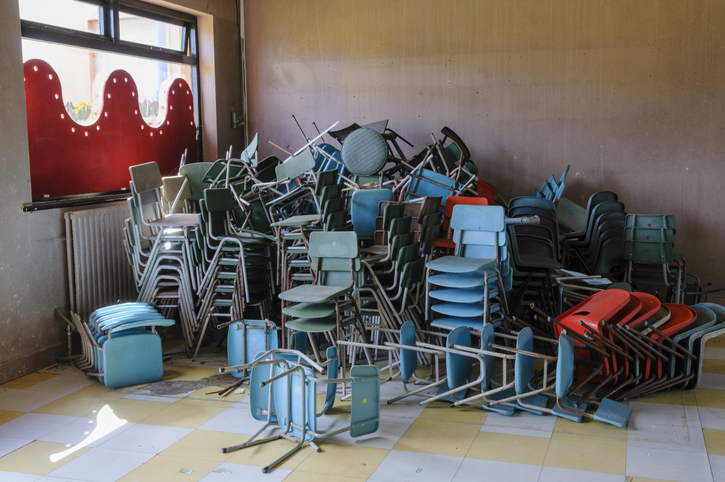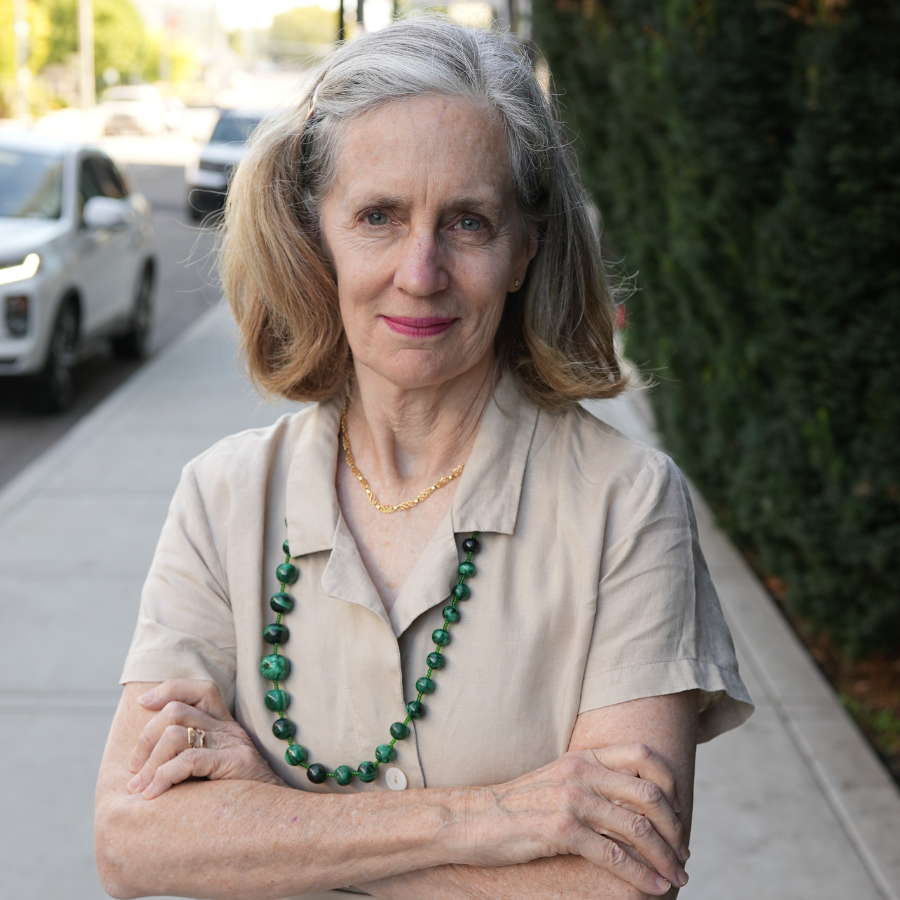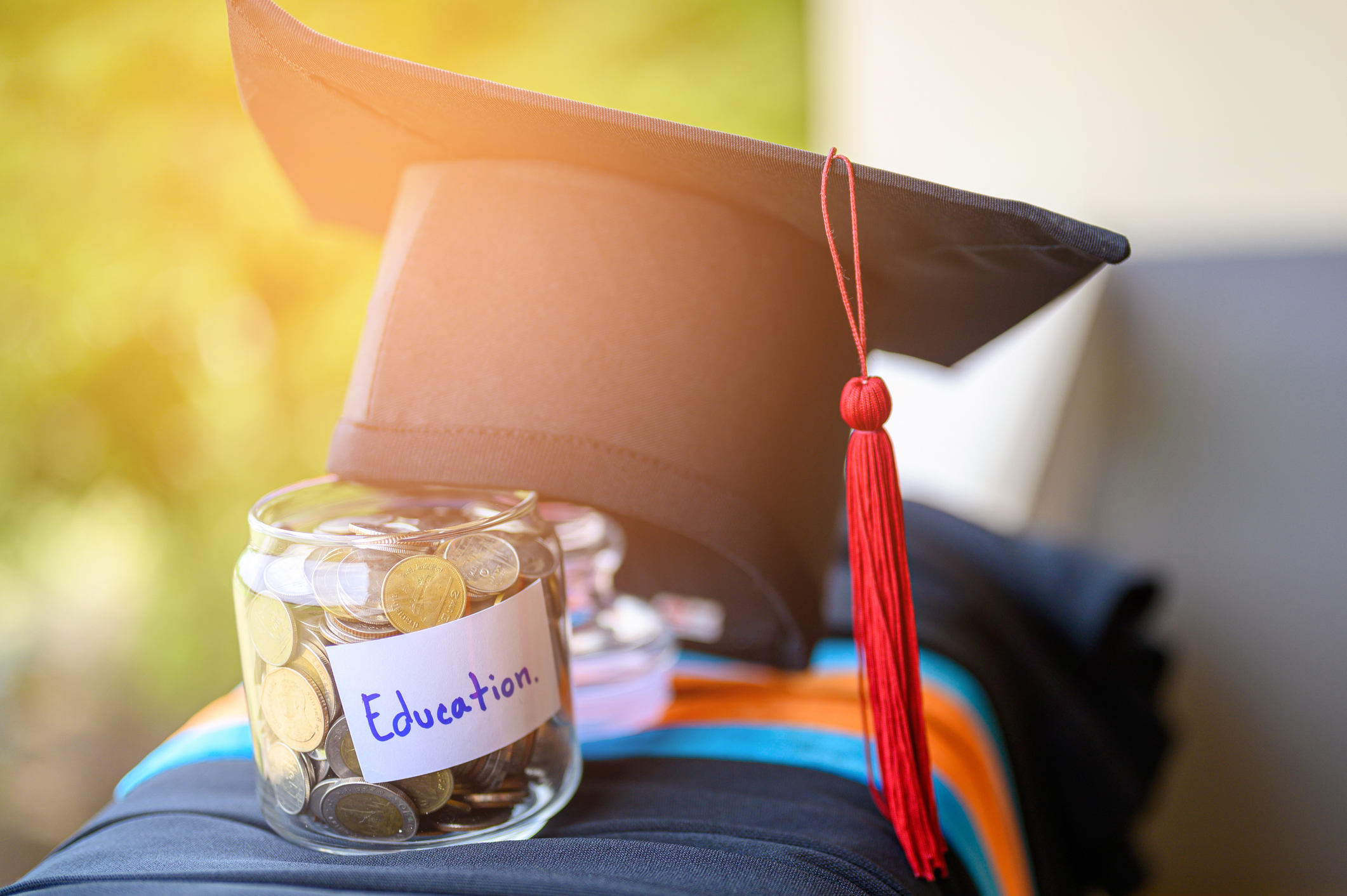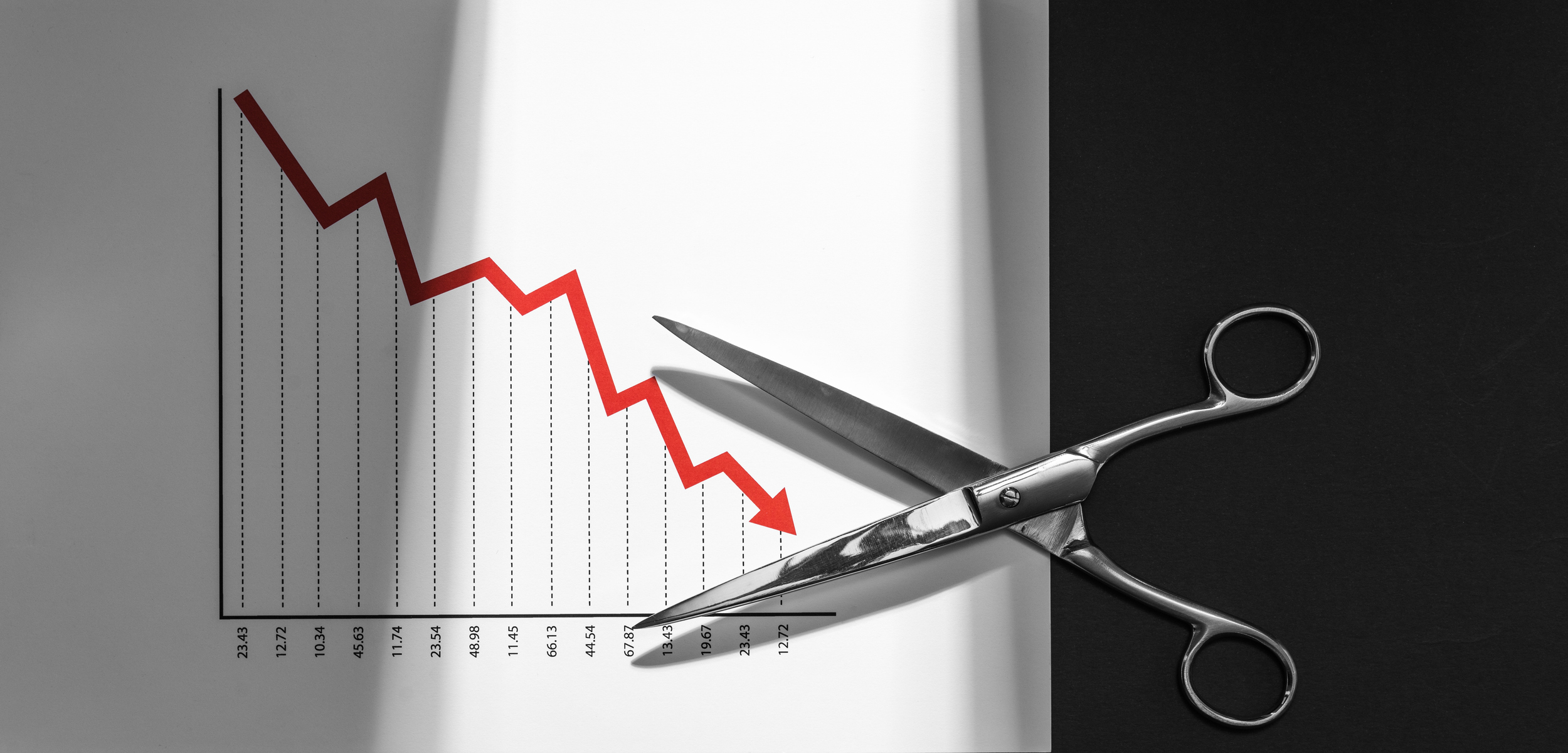Even parents in left-leaning Seattle are getting frustrated with the continued closure of public schools, the ongoing fallout of Governor Inslee’s order that closed all schools in March of last year. Since then, private schools and most public charter schools have largely re-opened.
Enrollment in Seattle Public Schools continues to drop, falling by over 1,500, in a city that already has one of the highest private school attendance rates in the country. In fact, many public school employees themselves send their children to private schools.
The Seattle district continues to lose “market share,” with some local schools being especially hard hit.
At Catharine Blaine K-8 in the Magnolia neighborhood enrollment has dropped by 17 percent, from 625 students a year ago to 518 today. Parents are clearly not happy with the poor and inconsistent performance of Seattle Public Schools.
Now a new worry is plaguing parents and students. Executives at the powerful Seattle teachers union (SEA) say they will not allow teachers to participate in the limited in-person instruction plan parents were promised in December and which was set to begin on March 8th.
Union executives remain adamant, although they are well aware of the social and emotional harm long-term school closures impose on young children. It’s not clear whether they will even let schools re-open by next fall.
Losing a year of instruction is a serious loss for any child, particularly for those who are already underserved by the public schools. But losing two years of instruction could permanently hurt a child’s lifetime prospects.
A new study details the tragedy that has befallen children. FAIR Health, a company that reviews healthcare data, reports that young people are suffering profoundly. For example, in March and April 2020, the percentage of mental health claims for individuals aged 13-18 approximately doubled compared to the same period the previous year. For the same age group, drug overdoses more than doubled compared to the previous year. The reporting data also showed an increase in “obsessive-compulsive disorder and tic disorders for six-to-12 year-olds.
As other states advance out of COVID lock-down, Washington continues to fall behind. Many states, like Texas and Connecticut, have re-opened their economies. Seventeen states have ended their mask mandates. Washington ranks 47th, nearly last, among states in re-opening schools and returning to in-person instruction.
The governor could end this crisis at any time by ending his year-old emergency declaration and reopen the state. Lawmakers could also reduce the disproportionate power of union executives by removing the ban on learning alternatives. In just two examples, Representative Drew Stokesbary has introduced a bill to give low-income families $300 to help cover the in-home cost of educating children. Rep. Vicki Kraft introduced a bill to give $7,000 per-child education scholarships to families that want them. The system naturally fights open-minded ideas like these, but given their difficult and unprecedented experience over the last year, parents clearly want more choices and flexibility in providing for their children.
The continued drop in public school enrollment shows that the union’s selfish and hard-edged tactics are turning away families. Something has got to give. Either parents will start to feel that public schools are listening to them and respecting the needs of their children, or they will continue to seek out learning alternatives that will.





